Ways of bathing, alone and together
The line between introvert and extrovert is perhaps not as neat as we might be encouraged to believe. While labelling ourselves one or the other is a way to self-identify, to say what we need, to articulate some parts of our character, a refreshing point of view could be recognising that we draw from each of these traits, leaning into whichever serves us best in any given moment. Concrete definitions aside, the distinction between the two is often referred to in relation to where we draw our energy from: the reflective solitude of the introvert, the outgoing sociability of the extrovert.
A traditional way of seeing the two traits is that they exist on a continuum: the more you are of one, the less you are of the other.
Yet more recently we’re seeing it differently, recognising that while we might have an innate, default way of being, we can and perhaps should extend ourselves sometimes.
In her well-known book Quiet, the author Susan Cain suggests that we all stretch ourselves at times to be either more introverted or extroverted. “We might call this the “rubber band theory” of personality. We are like rubber bands at rest. We are elastic and can stretch ourselves, but only so much.” Knowing which side to draw on can be where the lines blur, particularly if we aren’t sure whether we are responding to expectation, habit or genuine need. If we are seen as the outgoing, social person, it can be more difficult to recognise and act on the moments when we need some time alone. And conversely, if we’re more prone to introversion, we can keep to ourselves out of habit when we might actually be needing a little connection. As with so many parts of being in the world, searching for balance often takes place with a delicate interplay of responding to what we feel we need, and what the social world encourages or demands of us.
Some places offer a chance to be both. We can think of the bathhouse as a malleable place, where we can be at once alone and together in community. In many cultures, bathing is a communal act. From every day cleansing and relaxation, to ritual-based bathing at momentous life points, a visit to the bathhouse is an act of coming together with others. And yet even in the communal space, the bathhouse offers the chance to be alone yet among others, if we so wish. A morning bathing hour in gentle silence, feeling our body wake as the water warms us, is done in company with likeminded bathers - separate yet connected through the practice of bathing. Or we can choose to make it a social, more outward-looking experience, coming together with friends or family - welcoming the watery echoes of conversation and laughter.
If we listen to what we need, and be open to those needs changing or surprising us, we can create a space and encounter that feels just right for us - whether that’s at the bathhouse or how we’ll spend a weekend.
As one article puts it, reflecting on Cain’s book, “keep thinking of the rubber band – there are times when it will be extremely useful to stretch beyond your comfort zone, but you can always return to yourself soon after.”
Words by Katherine Brabon
Sources:
https://whatisstoicism.com/stoicism-resources/how-stoicism-can-help-introverts-extroverts/
Quiet by Susan Cain, Penguin Books, 2013.

